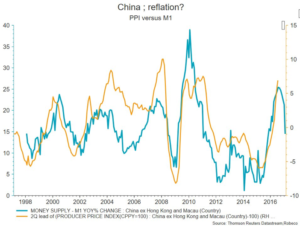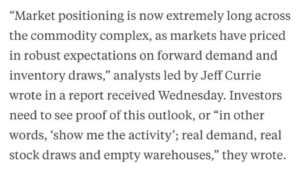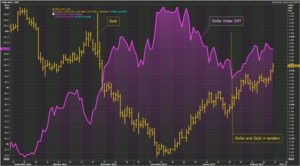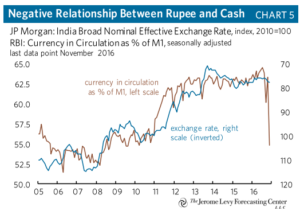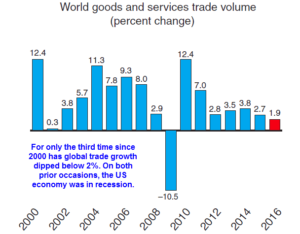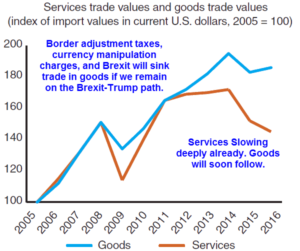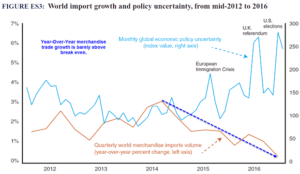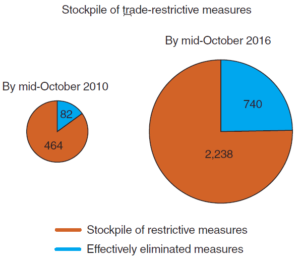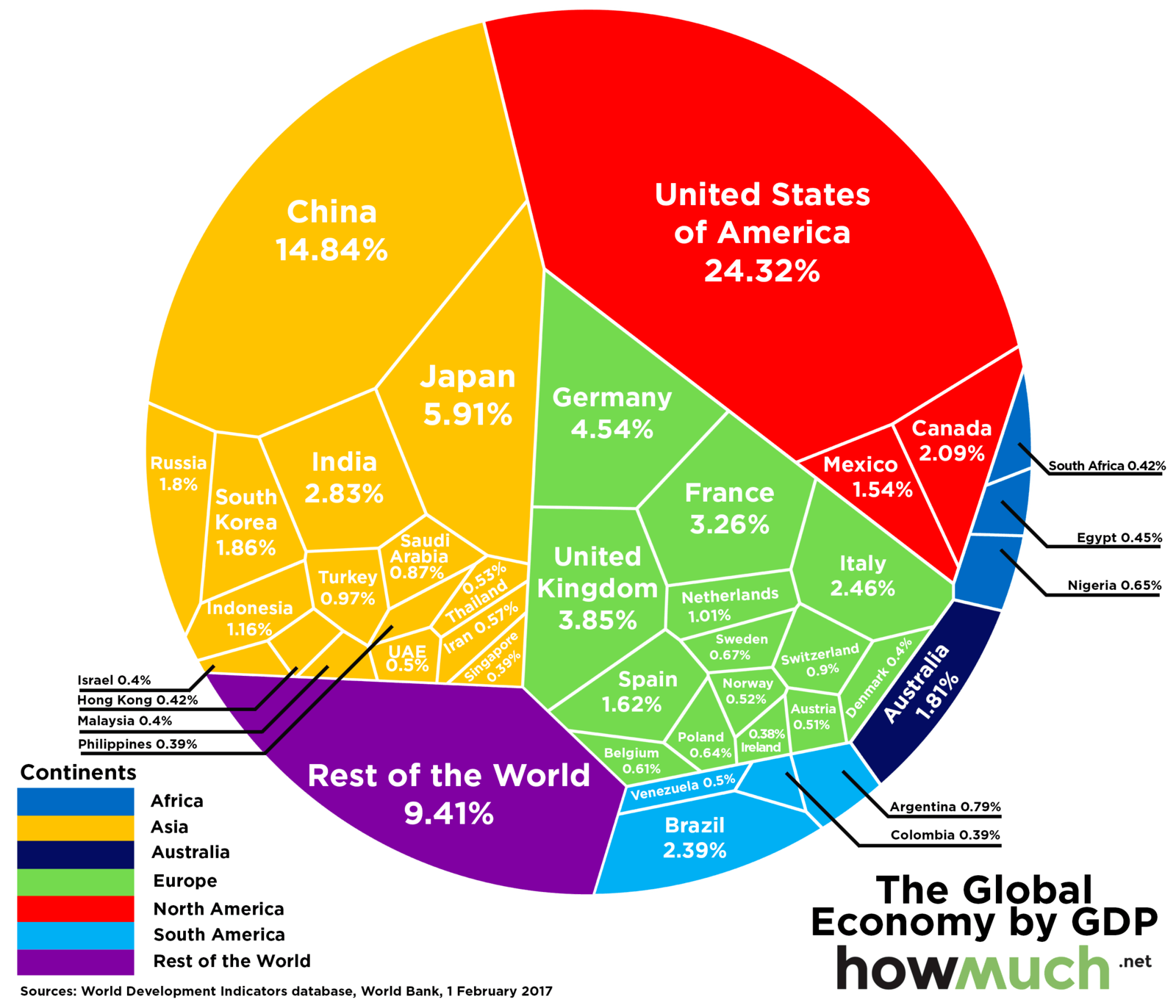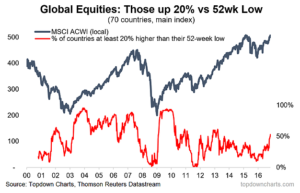“Hormegeddon”- book review
If you add a little bit of poison to yeast, the yeast grows better. This is “hormesis”: A little of something is good, but if you add a lot of it, that extra can be bad. You need food every day, but if you eat too much, you could get fat and develop diabetes or heart trouble. Exercise, sex, you name it, almost everything is “subject to the law of declining marginal utility.”
“The idea that government’s mission is to make things better is false. Government is best understood as a naturally occurring struggle between the outsiders and the insiders.”
Hormegeddon is “what happens when you have too much of a good thing in a public policy context.” Governments create “public policy disasters” when they apply “rational, small-scale problem-solving logic” to “inappropriately broad” situations. Then, these situations move from being fine to escalating gradually into full-blown disasters. Policy makers create hormegeddons when they apply reasoning to “large scale planning” and support it with armed force. Government involvement disrupts the feedback loop – in which trouble tells you something is wrong and needs fixing – and prevents society from learning from the feedback. One side effect is the creation of a class of people who benefit from a disaster.
“There is no faster path to disaster than enthusiastic leadership.”
Too Much Government, Too Much Safety…
You often hear that society needs more or better leaders. Actually, the opposite is true. You don’t need more leaders; you need fewer, because you don’t need a leader to get things done. Leaders waste your time and money. You already know what you want. You want to have your swimming pool fixed. “You want to figure out how to play All of Me on the guitar and how to make beef bourguignon on the stove.” Who needs a leader for that?
“That’s what leadership is all about – solemn and pompous lying.”
That’s as true for businesses as it is for society in general. CEOs claim all the glory, but they don’t understand how their companies work. They make flashy strategic decisions and drive their firms down the wrong roads. To be a leader is to be a liar. The greatest leaders are “those who do it most grandly.” Consider Abraham Lincoln. “Without his leadership, the US would have probably split apart, which is to say the southern states would have been permitted to exercise their right to self-determination.” The south simply wanted to do as the 13 colonies had done, “badly misgovern themselves rather than to be misgoverned by some foreign entity.”
“Rather than self-limiting, public policy disasters are self-perpetuating. They create ‘zombies.’ That is, people who gain from wealth-destroying activities.”
Most people misunderstand the purpose of government and think it exists to make things better. Government is an ongoing “struggle between insiders and outsiders,” in which insiders use government to shore up existing hierarchies and “exploit the outsiders.” Everyone wants to be rich and powerful, and many people want to dominate others. That’s human nature. The easiest way to take such power over others and bring profits to yourself is to become a leader, institute a government and impose your views in the name of order. Government can shape laws to help you keep your wealth and status. Sometimes religion gets involved.
“It is not because barbarism is evil that people turned away from it. On the contrary, it is because it is unprofitable.”
…And Not Enough Security
A particular modern misapprehension about the state is that government can and should make you more secure. Governments can redistribute wealth but can’t create it: Any attempts to make you more secure will cost you – and will fail. The people who run these programs always take a cut. The free market could do a better job more cheaply.
“‘We never know what we are talking about,’ cautioned English philosopher Karl Popper. He had a point.”
The American “war on terror” is a vivid example. The US once had an enemy: the Soviet Union. It was large, aggressive and armed with nuclear weapons. However, the USSR renounced communism in 1989 and no longer exists. Still, American military spending has doubled, without a real foe. The Pentagon’s budget continues to increase, but the battles the US fights don’t make the country any safer. Through clumsy use of force, these conflicts make America less safe by creating more resentment worldwide. The only thing war secures is increased government spending.
“Central planning can do a good job of imitating real progress, at least in the short run.”
Ineffective Corrections
The free market is the real world in which individuals suffer from their mistakes. When you make a bad investment, you lose money. If you’re lucky, you survive and learn. You don’t develop your muscles or your mind by taking things easy. The feedback from challenges is what teaches you how to correct your actions in the future.
“Nobody attracts readers or speaking fees by telling the world there is nothing that can be done. Instead, they meddle. They plan. They tinker.”
Government actively disrupts market attempts to correct its actions. If you take on debt, you economize to make up for it. Most people who experience money trouble fall into a “liquidity trap” or a “debt trap,” which is harder to escape. To help, the government keeps the interest rates on loans artificially low. People borrow and don’t have to correct their earlier errors. This happened in the wake of the 2008 financial crisis. Instead of letting badly run businesses crash, the government bailed them out. This only delayed addressing the initial problem.
Where Zombies Walk
Inserting government planning into a healthy economy produces an almost supernaturally bad effect. Where once you had people, you now have “zombies” – “people who live at the expense of others.” Zombies once were productive members of society, but they found a home in the state apparatus. They benefit from increasingly complex regulations and from the armed power of the government forcing its citizens to follow those regulations. Zombies work the system for themselves, such as when regulators arrange for companies to get contracts and then take lucrative positions with those firms. Sometimes zombies consume entire businesses. The government insured big US banks that were “too big to fail,” which became zombies. Your taxes guarantee bank profits and bankers don’t suffer for their bad investments.
Health Care Hormegeddon
The American health care system is a classic case of hormegeddon. Some health care steps – exercising, watching your diet and getting clear diagnoses – and some public health measures, such as sanitation systems, are useful. But in modern medicine, the insurance companies or the government pay for medical care. Doctors aren’t spending their patients’ money, so they order more tests or refer you to specialists, which only increases the cost of treatment. Pharmaceutical firms now advertise directly to consumers, and drug sales have increased “six times faster than the population.” Drug testing is unscientific and biased toward positive results. Labs test drugs in isolation, yet people take multiple medications at once. Combine unhealthy drug reactions, cross-infections and simple hospital accidents, and the result is “225,000 unintended deaths” annually. Your doctor is 2,000 times more apt to kill you than a terrorist is.
Debt Burdens
When governments interfere in the economy, they go into debt. Once they go into debt, they keep doing as they’ve always done and the debt becomes bigger and more dangerous. Debt is not always bad, even longstanding debt that you can’t repay immediately. Debt was part of human society when people lived in small tribal units. It predates market economies and money. In ancient societies, people did favors for one another and then owed each other. Primitive civilizations kept track of their specific debts. What worked on a small scale doesn’t work well in larger, market-based societies, where people don’t know each other.
“Bullion-based money,” especially gold, replaced debt. Bullion-based currency limits how much total currency and debt can exist. But for that to work, you have to be able to redeem money or debts with gold. That ended in 1971, when President Richard Nixon took the United States off the gold standard. Today, money isn’t based on anything. This means economists can manipulate the money supply and governments might print more money, generating inflation. With seemingly endless lines of credit, people borrow to get what they want and spend money they don’t have. This is evident everywhere in America’s economy today.
If individuals overextend their budgets, it’s unfortunate, but it doesn’t have widespread consequences. That’s not true for a national government, especially one in charge of the world’s largest economy. This unanchored debt pushes today’s problem down the road as America borrows from future generations. The debt problem will grow, and a manageable issue will become a disaster. This is a typical hormegeddon.
